Interview with Hardeep S. Brar, VP and Head of Marketing and Sales, Kia India
We crown the Top-10 vehicles of the year, and they’re as impressive as they are colourful! Trophies were handed out, and some tough questions were lobbed. The Carens is one of our Best of 2022 and accepting the award for it is Hardeep S. Brar, VP and Head of Marketing and Sales, Kia India.
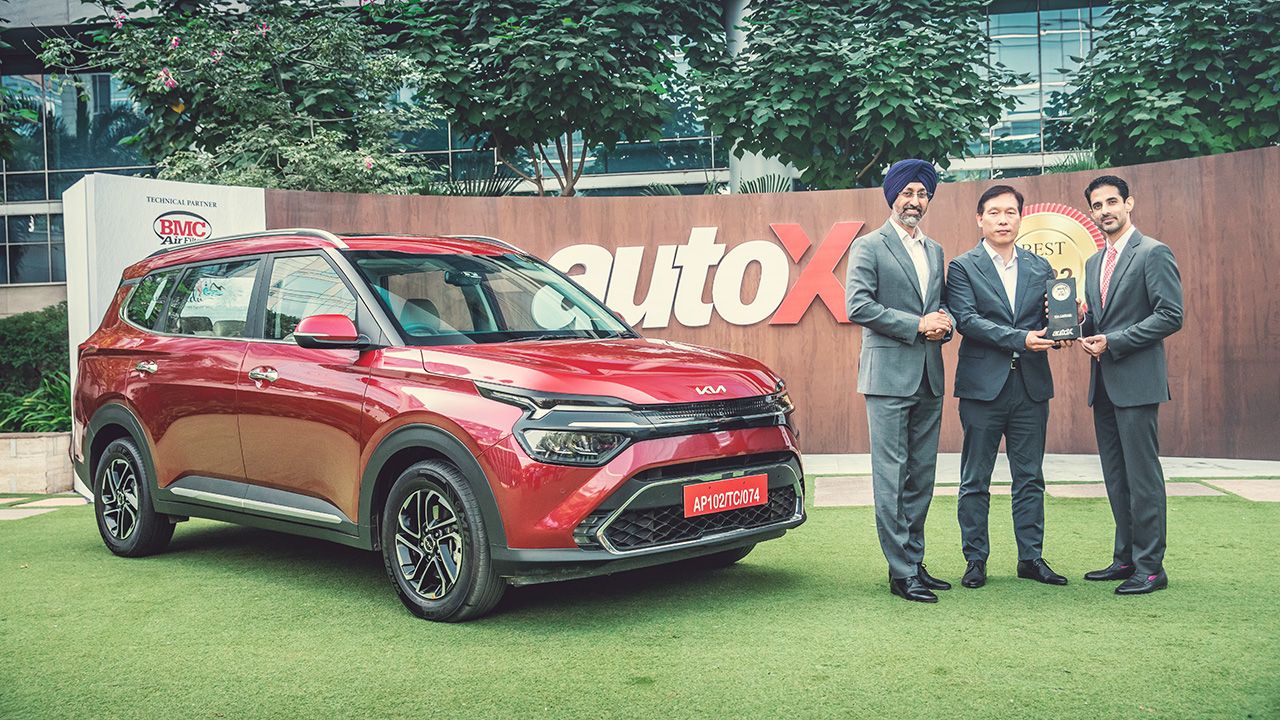
So, the Kia success story continues. It’s been a dream start in India. What’s the secret formula for Kia’s success in India?
I would say there are three key points that I would talk about. The first one is, of course, the product. If you look at our design language, I think Indian consumers really love the designs and some of the industry-first features which we brought in. Another point is the kind of fuel and transmission options that we have – we have both petrol and diesel, and you can see in the 10 lakh-plus segment there’s still a lot of demand for diesel. And in terms of transmissions, we have manual, we have iMT – we were one of the first ones with iMT in diesel as well – then we have iVT in petrol, we have DCT with a turbo engine and we have automatic in diesel. So, I think this combination gives huge options to consumers, and that’s what they love about Kia cars – the great design and a lot of options in terms of fuel and transmission. It makes a terrific package.
The second thing is the way that we have built the brand. With great products, building the brand becomes easier, but also there’s a tremendous amount of brand imagery that we’ve built. You would have seen recently with the EV6 – we planned 100 units and we went much beyond that thanks to the brand image that we’ve developed over the last three years.
Last, but not least, is our network. We’ve built a decent network size for a newcomer and our dealers are taking care of customers. So, all put together, these are the three things that made us successful.
What is your current petrol-diesel split?
Overall, diesel is about 45%. As I said, in the 10 lakh-plus category people want good torque and good fuel efficiency, which diesel engines are able to provide.
With the Carens, you’ve carved out a niche in the market, what’s the next niche that you’re looking for?
We are focused on both SUVs – we call them Recreational Vehicles in our portfolio – and MPVs. While, today, SUVs are about 42% of the market and MPVs are another 10%, we are catering to that 50% of the market – and will stick to this as a core strategy.
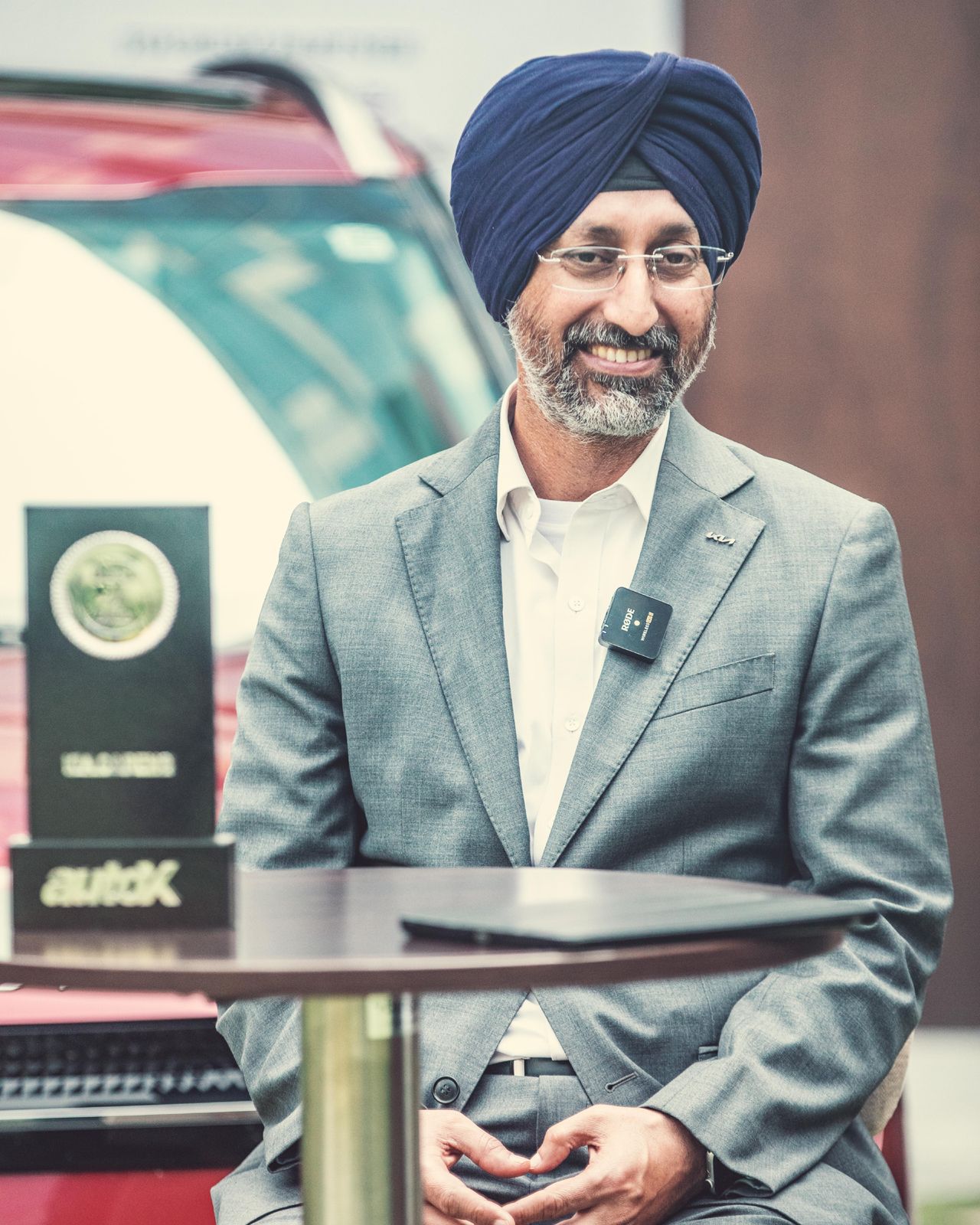
What’s next on the EV front – is it going higher up the value chain or is hybridisation something that might be an option going forward?
Globally, Kia is investing about $22 billion in the electric space, and we are working on 14 battery electric vehicles. That is the overall game plan. In India, the EV6 got a tremendous response. Our strategy has always been top-down, so when we got into SUVs, we brought in the Seltos and then the Sonet. In MPVs, we brought in the Carnival and then the Carens. The EV6 is our flagship model, and, going forward, we will obviously get into smaller cars and different price points. Right now, we are working on our EV strategy, but one thing which is certain is a ground-up EV especially made for India, which will be launching sometime around 2025. And yes, there will be a few others, but we will share more details at the appropriate time – but right now an India-specific EV in 2025 is our main focus.
'Right now, an India-specific EV is our main focus. A ground-up EV, especially made for India, will launch sometime around 2025'
In the EU, they’ve said that they are going to ban the sale of all ICE vehicles by 2035. Does that affect global development or a market like India? How do you see the Indian market progressing over this period?
It’s very difficult to put a date as to when, or how, the mix will change. But one thing which is very certain is that EVs are catching up and the prediction of 5% by 2025 and 30% by 2030 looks reasonable because there are a lot of launches which are going to happen, the infrastructure is improving, customer acceptance is there and the main question is how you can close the gap in terms of price between an ICE vehicle and an EV. I think that will be a game changer and, with economies of scale coming in, we will see the gap closing. The Indian government is also supportive in terms of taxation and the state governments are supporting in terms of registration costs. I think we are moving in the right direction, but to give a specific date as to when EVs will completely take over, I think it’s still quite far away.
Read more:
Interview with Hardeep Singh Brar, Director, Marketing and Sales, GWM India
Interview with Manohar Bhat, Head – Sales & Marketing, Kia Motors India
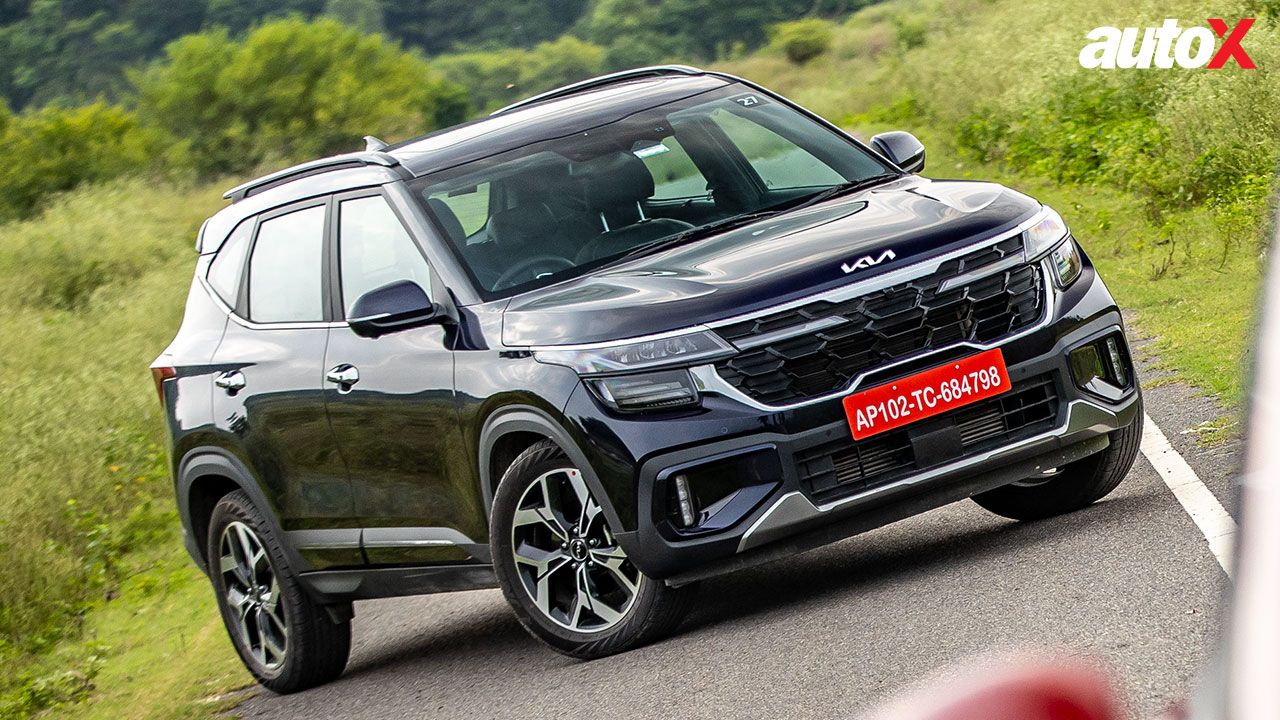
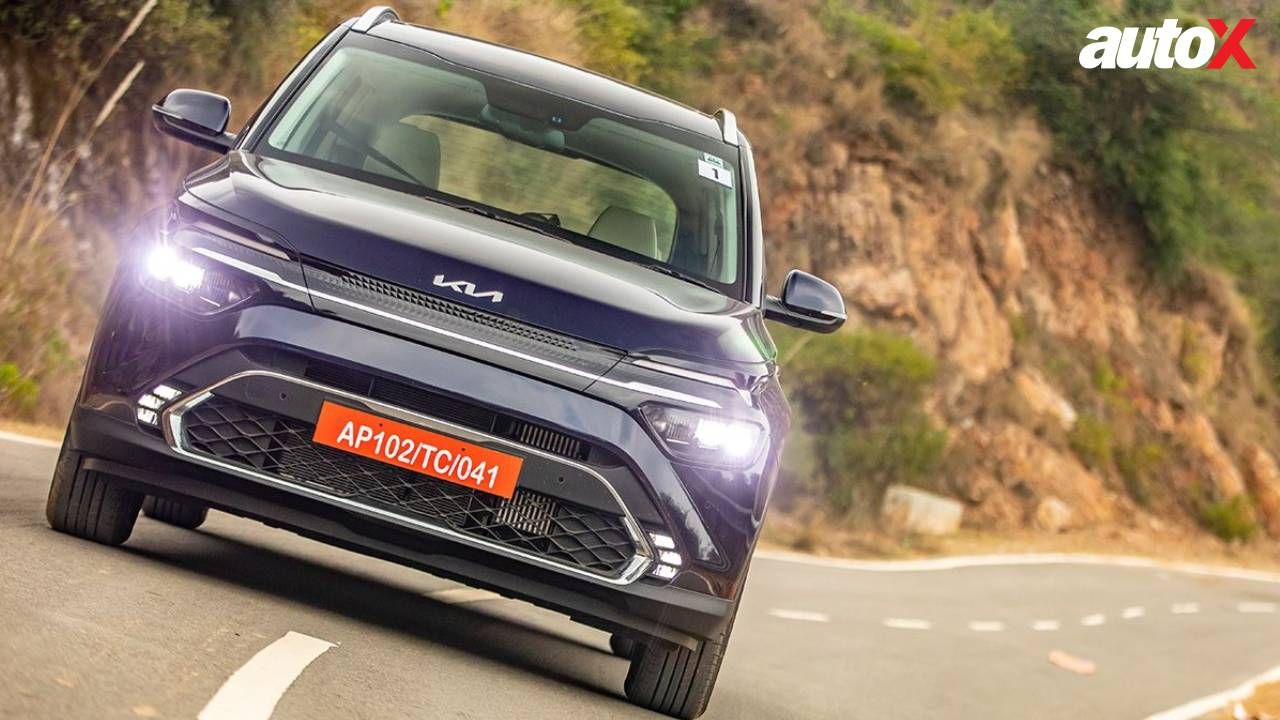
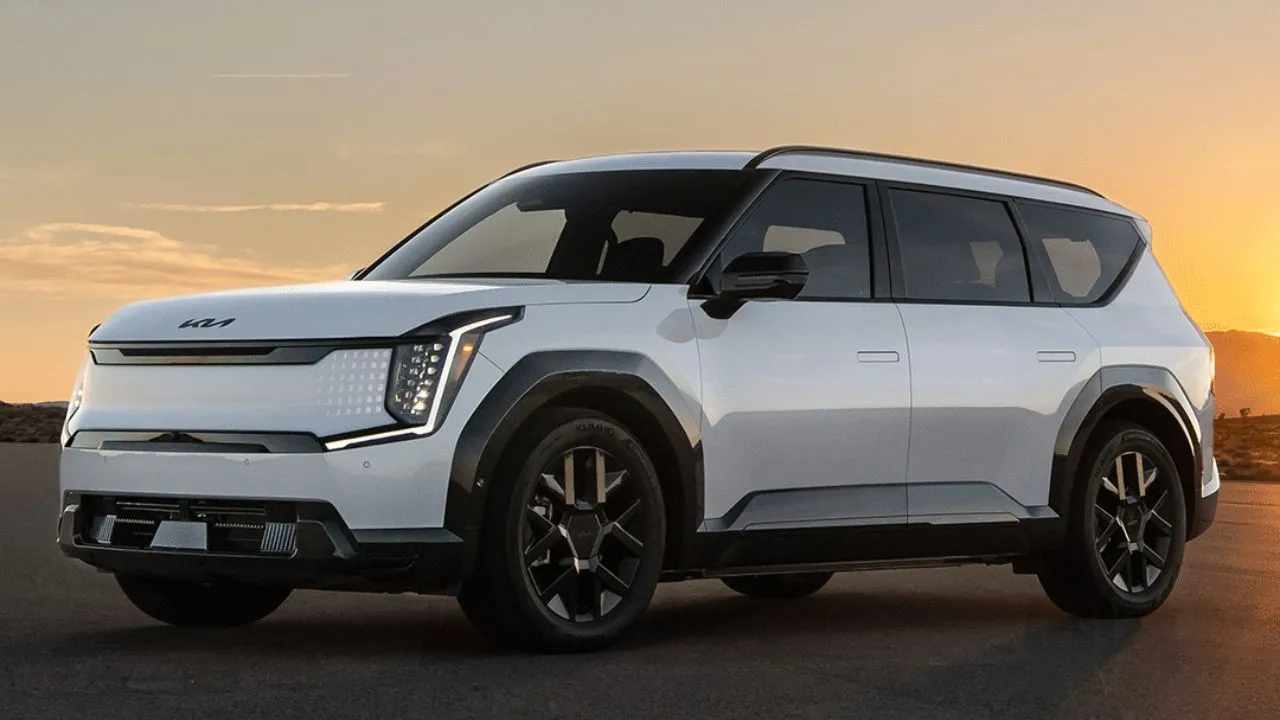
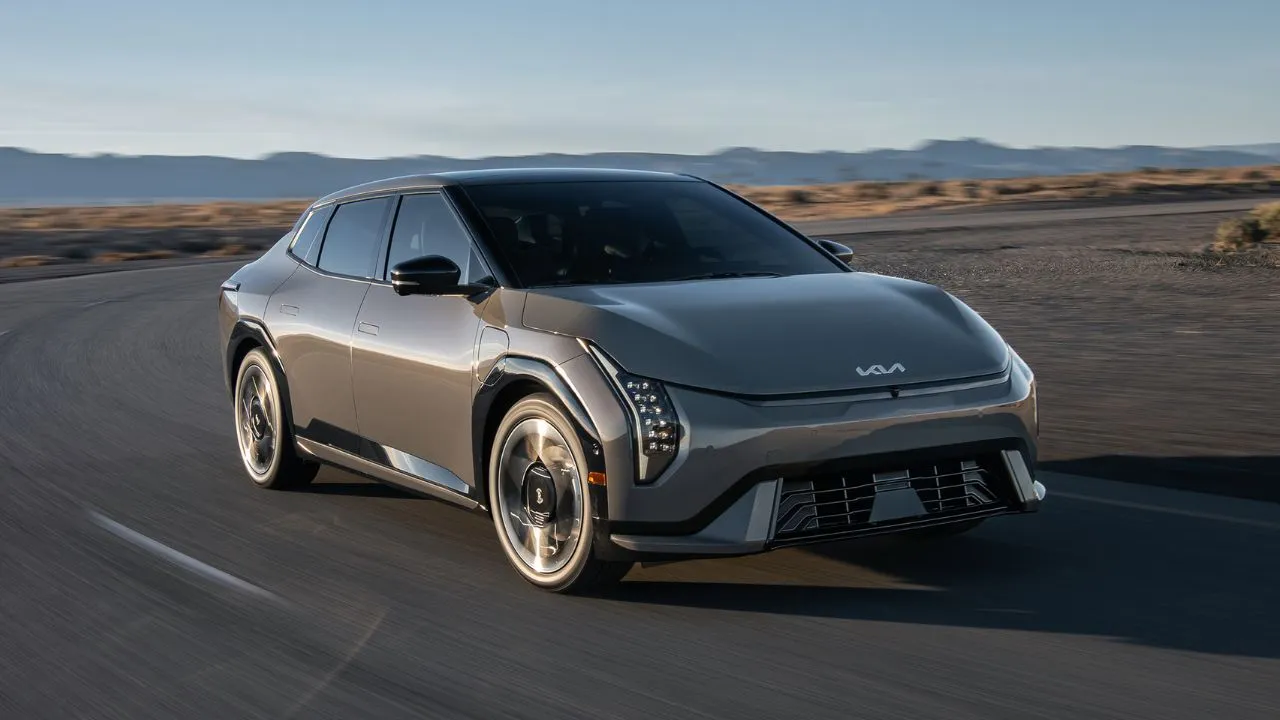
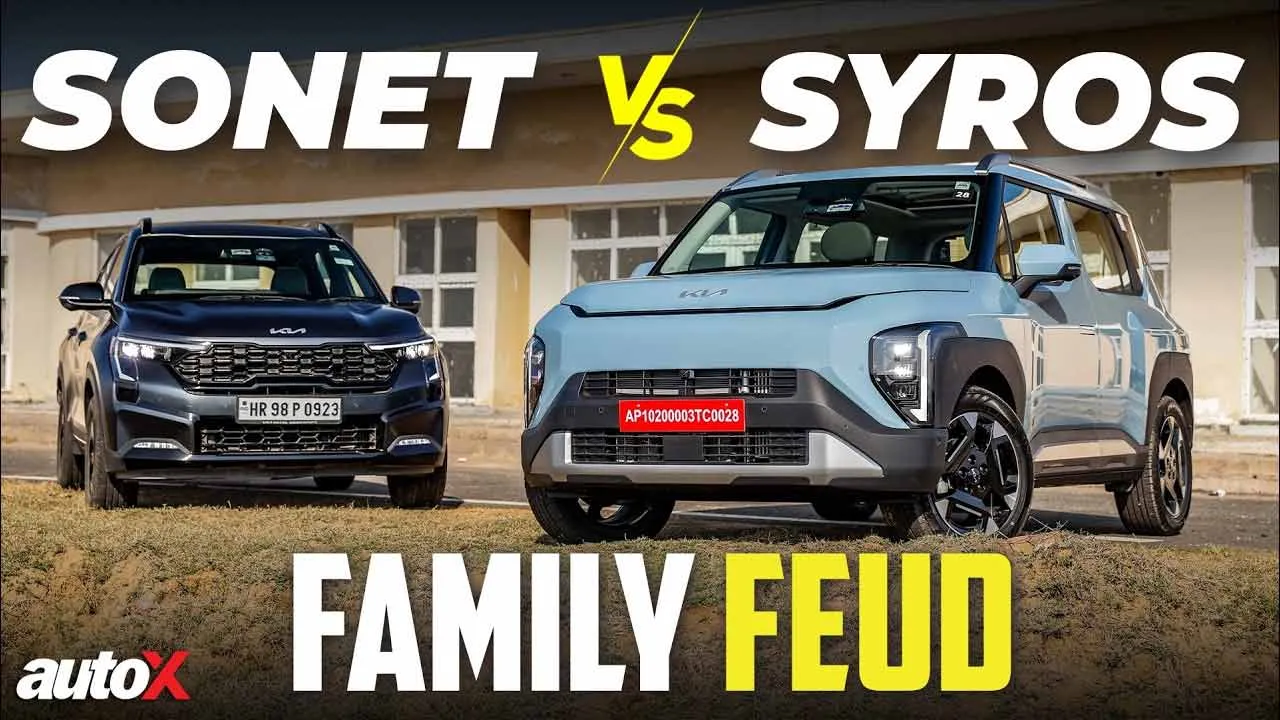
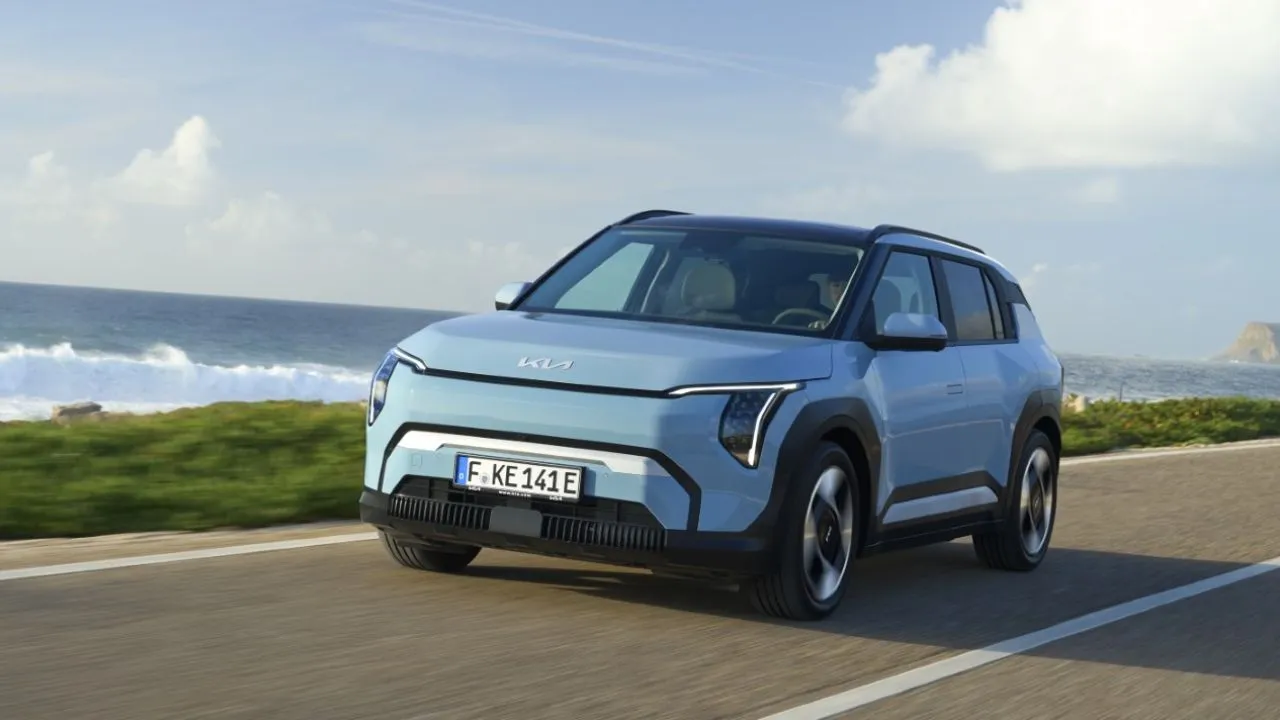





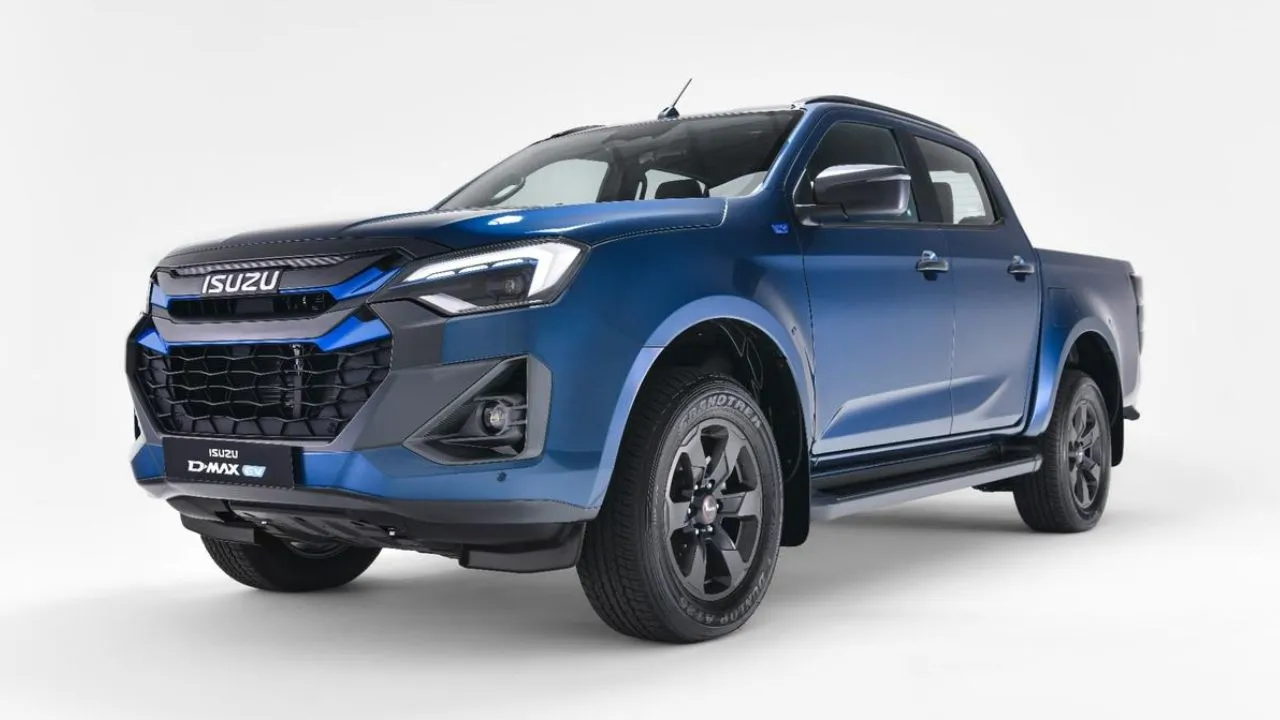
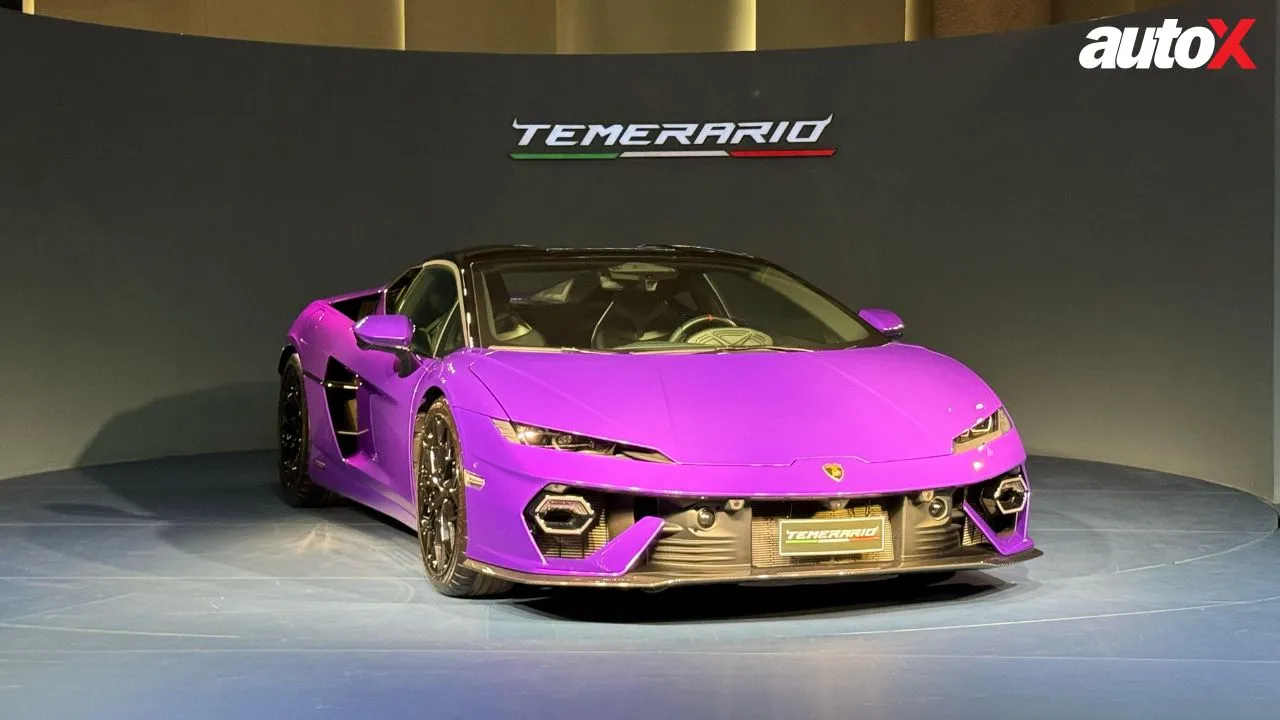
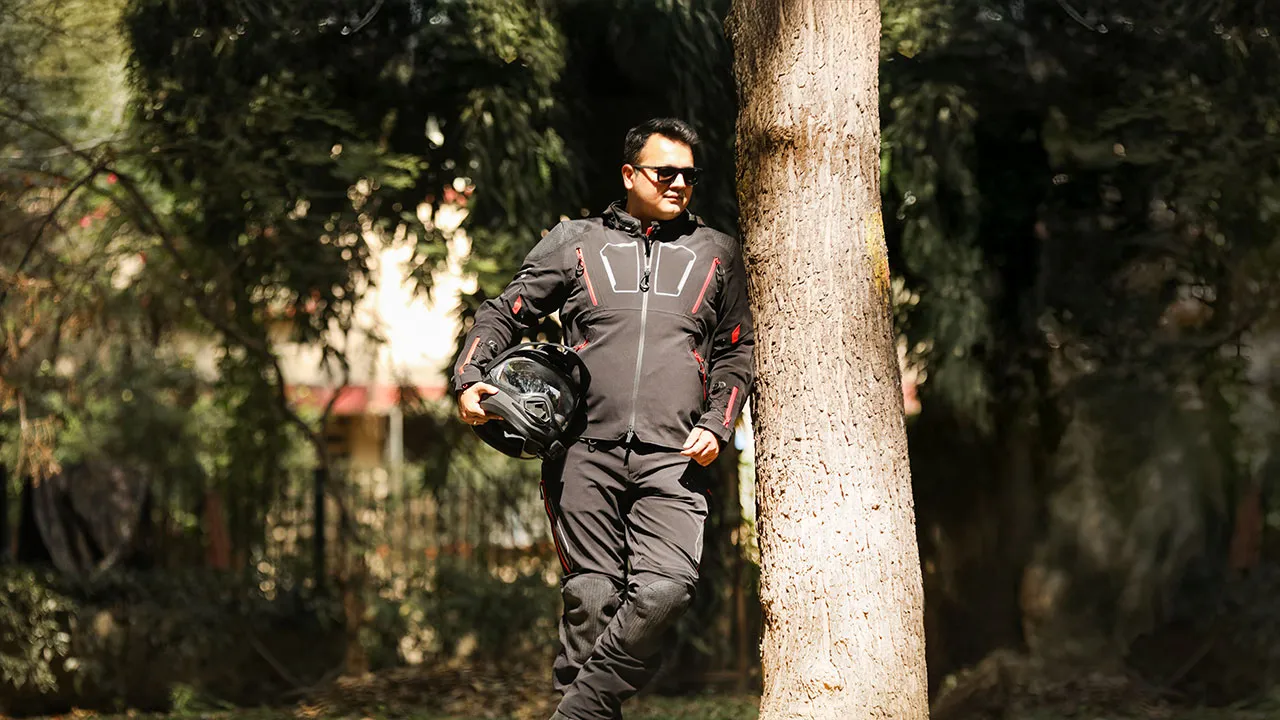

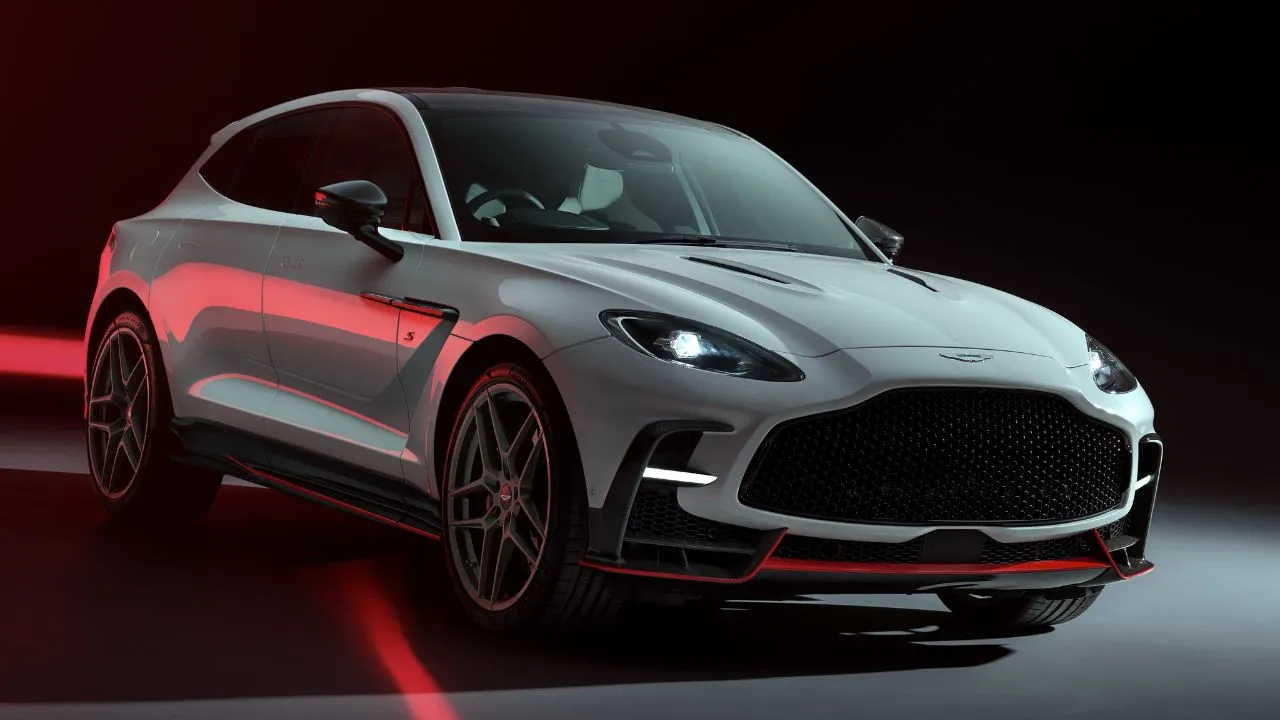
Write your Comment on